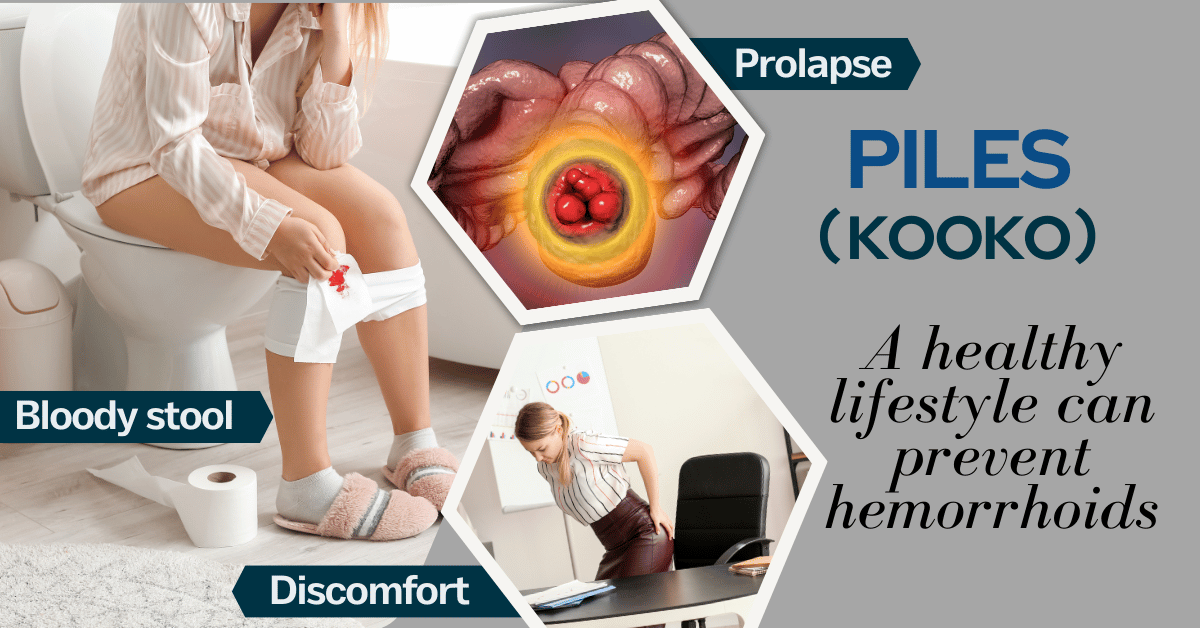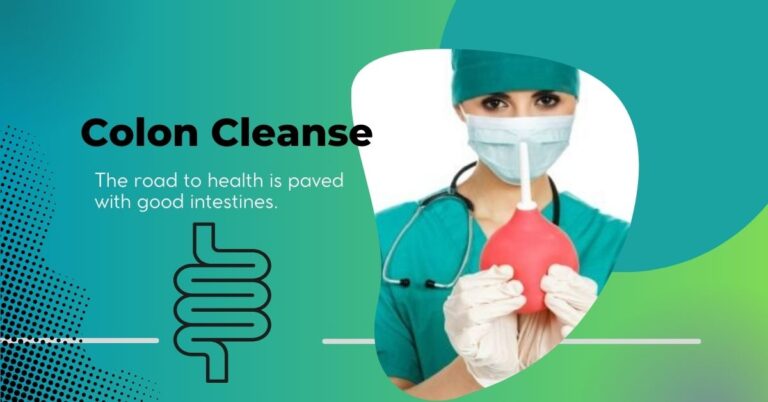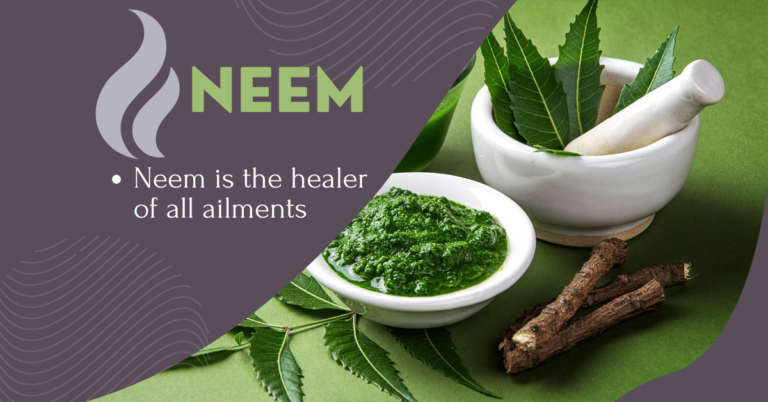Kooko
Understanding and managing hemorrhoids is key to improving your quality of life.
-Dr. John Smith
Kooko is an expression used by Ghanaians to describe enlarged and irritated veins in the lowest part of the rectum and anus that lead to discomfort and bleeding. These conditions are common and can affect anyone, though they are more frequent in adults over 50. In English, Kooko is known as piles and is scientifically referred to as hemorrhoids; while these terms can be used interchangeably, it’s important to remember that they represent the same condition.
Table of Contents
Causes of Kooko/Piles
The veins in the rectum and anus are strong enough to handle regular blood flow, some level of pressure, and everyday activities such as sitting, standing, and normal bowel movements. However, when these veins are exposed to repeated or intense pressure, they can become overextended, weakening their walls and causing them to form piles.
This intense pressure can result from several factors:
1. Low-Fiber Diet: The hardness and dryness of stools due to indulgence in junk and over-processed foods can make bowel movements more difficult and forceful, exacerbating pressure on the rectal tissues. Excessive consumption of fufu, particularly with large amounts of cassava among Ghanaians, and high intake of gari among Nigerians, are linked to a higher incidence of piles.
2. Anal Sex: Insufficient lubrication and excessive force can increase the risk of trauma to the anal region, potentially inflaming the veins and tissues.
3. Prolonged Sitting: Sitting for long periods, particularly on the toilet, can compress the veins in the rectum and anus. This compression hinders normal blood flow and increases pressure within the veins, contributing to their swelling.
4. Pregnancy: Pregnancy introduces several physiological changes, including increased pressure on the pelvic veins, hormonal shifts such as elevated progesterone levels, increased blood volume, constipation from hormonal changes and diet, and reduced physical activity. These factors can increase the risk of swelling and inflammation in the rectal veins.
5. Obesity: Excess body weight increases abdominal pressure and affects rectal health.
6. Genetics: If kooko is common in a family, there may be a hereditary component that increases the likelihood of developing the condition. This could be due to shared genetic traits that affect vein health or connective tissue strength.
7. Aging: As people age, the tissues that support the veins in the rectum and anus naturally lose some of their elasticity and strength. This makes the veins more susceptible to becoming distended under pressure. Aging also affects the integrity of the vein walls, making them more prone to swelling and irritation.
8. Weight Lifting: Improper lifting techniques, such as lifting with poor posture or excessive weight, can cause piles by increasing intra-abdominal pressure, causing straining, reducing venous return, and applying prolonged pressure on the rectal veins.
9. Chronic Constipation: This can lead to excessive straining. The force used to pass hard stools or frequent bowel movements puts direct pressure on the rectal veins, causing them to expand and become swollen.
10. Diarrhea: Diarrhea can lead to frequent and urgent bowel movements, which, along with the constant passing of loose stools and frequent wiping or cleaning, can irritate the anal area, increase pressure on the veins, and contribute to the development of piles.
Note: The Irony
The irony lies in the fact that two seemingly opposite conditions—constipation, which causes strain, and diarrhea, which causes irritation—both lead to the same outcome: the development of piles. Both conditions disrupt normal bowel function and place undue stress on the rectal veins, illustrating how varied factors can result in similar problems.
Types of Kooko/Piles
Piles (Kooko) are scientifically classified into internal and external types based on their anatomical location, with internal piles further graded by the severity of prolapse. Thrombosed piles, characterized by the formation of a blood clot, can occur in either type.
Prolapsed piles specifically refer to internal ones that have extended outside the anus. These classifications, grounded in clinical presentation and evidence-based guidelines, are crucial for accurate diagnosis and appropriate treatment.
Internal Piles/Kooko
These occur inside the rectum, above the dentate line, an area with fewer pain-sensitive nerves. As a result, internal piles often cause painless bleeding during bowel movements and may not be felt unless they prolapse (protrude) outside the anus.
Classification by Grade:
- Grade I: Piles that bleed but do not prolapse.
- Grade II: Piles that prolapse during bowel movements but retract on their own.
- Grade III: Piles that prolapse during bowel movements and must be manually pushed back inside.
- Grade IV: Piles that are permanently prolapsed and cannot be pushed back in.
External Piles/Kooko
These occur outside the anus, below the dentate line, where there are many pain-sensitive nerves. External piles are more likely to cause significant pain, swelling, itching, and discomfort, especially if a blood clot forms (thrombosis).
Note: External piles are not graded like internal piles because they do not prolapse and are managed primarily based on symptoms rather than a grading scale. The focus is on addressing pain, swelling, and potential complications, such as thrombosis.
Thrombosed Piles/Kooko
These occur when a blood clot (thrombus) forms inside a hemorrhoid, particularly in external hemorrhoids. This clot blocks blood flow, leading to increased pressure and severe pain.
Prolapsed Piles/Kooko
These are internal piles that have descended from their normal position inside the rectum and protruded through the anus. This can happen when the supporting tissues of the piles weaken, causing them to slip down and out.
Symptoms of Piles/Kooko
- Bleeding During Bowel Movements: Bright red blood may be seen on toilet paper, in the stool, on the surface of the stool, or in the toilet bowl after a bowel movement.
- Itching or Irritation: Itchy sensations around the anal region.
- Discomfort: Experiencing distress during bowel movements or while sitting.
- Swelling: A swollen lump or bulge around the anus, which can be painful and sensitive.
- Pain: Significant pain, especially during bowel movements, sitting, or physical activities, is often more intense if the hemorrhoid is thrombosed (has a blood clot)
- Increased Sensitivity: The anal area may be more sensitive to touch or movement.
- Feeling of Incomplete Evacuation: A sensation that the bowel movement is incomplete, even after defecation.
- Mucous Discharge: A clear or yellowish mucous discharge from the rectum.
10 Home Remedies for Piles/Kooko
Kooko can be a very troublesome condition, but these simple natural therapies can provide relief to those suffering from it.
Some of the plants listed below may not be commonly known, so I’ve included their scientific names and local names for better understanding:
- Khaki Weed (Gomphrena celosioides)
Local name in Ghana: Nkasei-Nkasei - Lantana (Lantana camara)
Local name in Ghana: Ananse Dokono - Galbanum (Tetrapleura tetraptera)
Common names: Aidan fruit, Prekese (Ghana), Aridan (Nigeria) - Hibiscus (Hibiscus spp.)
Local name in Ghana: Sobolo Ahaban - Wild Basil (Clinopodium vulgare)
Local name in Ghana: Akokomesa - Castor (Ricinus communis)
Local name in Ghana: Adedenkruma - Grain of Paradise (Aframomum melegueta)
Local name in Ghana: Fom Wisa
This version presents the plants clearly and concisely while maintaining the important details.
1. Khaki Weed and Ginger Combo
- Gather Ingredients:
- A handful of khaki weed
- A thumb-sized piece of ginger
- Preparation:
- Wash the khaki weed and ginger thoroughly in a saltwater solution, then rinse with fresh water.
- Blend and Strain:
- Blend the khaki weed and ginger with warm water.
- Strain the mixture to retain the liquid.
- Usage:
2. Khaki Weed, Lantana, and Galbanum Combo
- Gather Ingredients:
- A handful of khaki weed
- A handful of lantana
- A single piece of galbanum
- Preparation:
- Wash the khaki weed, lantana, and galbanum thoroughly in a saltwater solution, then rinse with fresh water.
- Boil:
- Boil the ingredients together in a clay pot.
- Usage:
- Pour a glassful of the mixture to set aside for drinking.
- Pour the remaining mixture into a sitz bath basin.
- Sit comfortably on the sitz bath basin and allow the steam to work on your perineal area.
- Aftercare:
- Take a bath afterward.
- Enjoy the warm drink.
3. Aloe Vera Suppository
- Preparation:
- Obtain a single aloe vera leaf.
- Slice off the spines along the edges of the leaf.
- Cut the leaf into pieces about the size of the smallest finger.
- Lubrication:
- Apply aloe vera gel to the anus to lubricate.
- Insertion:
- Insert one of the finger-sized aloe vera pieces into the anal canal at night.
- Refrigerate the remaining pieces for later use.
- Usage:
- Allow the piece to stay in the anal canal overnight.
- In the morning, remove it as you ease yourself.
- Repeat this process for 3 days, then take a break and observe any changes.
The aloe vera will release its healing properties while in the anal canal.
4. Hibiscus Remedy for Kooko (Sobolo)
- Gather Ingredients:
- Enough hibiscus leaves to fill a little above half of a clay pot
- Pineapple peels
- 1 cayenne pepper
- 5 cloves of garlic
- Cloves (quantity as desired)
- A handful of ginger
- Preparation:
- Wash all ingredients in a salt solution, then rinse with fresh water.
- Boiling:
- Combine the hibiscus leaves, pineapple peels, cloves, ginger, cayenne pepper, and garlic in a clay pot.
- Boil the mixture in the clay pot.
- Serving:
- Strain and serve the drink, known as sobolo in Ghana.
Benefits:
- Helps clear mucus from the lungs
- Aids in relieving cough
- Assists in digestion and prevents constipation
5. Ginger, Lime, and Honey Mixture
- Gather Ingredients:
- A handful of ginger
- 3 limes
- Honey (to taste)
- Preparation:
- Wash the ginger thoroughly in a salt solution, then rinse with fresh water.
- Blend the ginger with its peel.
- Squeeze the juice from the limes into a glass.
- Combine:
- Add the blended ginger to the lime juice.
- Without sieving, mix in the honey and stir well.
- Usage:
- Take 3 tablespoons of the mixture 3 times daily.
- Refrigerate any remaining mixture.
6. Groundnut Water
- Gather Ingredients:
- Raw groundnuts (peanuts)
- Preparation:
- Place the raw groundnuts in a bowl.
- Wash them thoroughly with salt solution, then rinse with fresh water.
- Soak the groundnuts in fresh water overnight.
- Use:
- Drink a glass of the groundnut water in the morning and evening.
- Use some of the groundnut water to wash the anal region after bathing.
7. Wild Basil and Castor Combo for Relief
- Gather Ingredients:
- A handful each of wild basil leaves, cotton leaves, and castor oil plant leaves
- 1 onion
- Preparation:
- Wash all the ingredients thoroughly in a salt solution, then rinse with fresh water.
- Blend the ingredients with a little salt to form a paste.
- Usage:
- Sitz Bath: Place some of the paste in a sitz bath basin and pour hot water over it. Sit in the basin to perform the sitz bath.
- Insertion: Soak a piece of cotton wool in the paste and insert it into the anal canal overnight.
- Topical Application: Apply some of the paste to the anal region.
Benefits: This combination helps provide quick relief and reduces swelling.
8. Lime and Olive Oil Mixture
- Preparation:
- Mix lime juice with olive oil.
- Dosage:
- Take 2 tablespoons of the mixture 3 times daily.
Benefits: This mixture aids in promoting smooth bowel movements.
9. Pawpaw, Scent & Bitter Leaves Drink
- Gather Ingredients:
- Equal amounts of pawpaw leaves, bitter leaves, and scent leaves
- Preparation:
- Wash the leaves thoroughly with salt solution, then rinse with fresh water.
- Fill a clay pot to the brim with the washed ingredients.
- Boiling:
- Boil the mixture and then let it simmer.
- Serving:
- Serve as a drink, taking one glass in the morning and one in the evening.
10. Grains of Paradise Cream
- Preparation:
- Get a handful of grains of paradise.
- Burn the grains of paradise until they turn to ashes.
- Ensure the amount of ashes is roughly twice the volume of shea butter.
- Mixing:
- Combine the ashes with shea butter to form a cream.
- Application:
- Apply the grains of paradise cream to the anus.
Benefits: This cream provides relief for protruding kooko.
Other Treatments
Medical Treatment: Minimally invasive procedures, such as rubber band ligation, sclerotherapy, or infrared coagulation, can be used for treatment, while surgery, specifically a hemorrhoidectomy, may be necessary in severe cases to remove the piles.
Lifestyle Changes: Increase fiber intake by eating more fruits, vegetables, and whole grains to soften stools and reduce straining. Stay hydrated by drinking plenty of water to prevent constipation. Exercise regularly to promote healthy bowel movements and adhere to all health secrets.
Prevention of Piles/Kooko
If you’ve never had piles or have recovered from them, it’s essential to adopt these preventive measures to avoid experiencing them in the future.
Maintain a healthy diet: High in fiber to ensure regular bowel movements.
Avoid straining: During bowel movements and avoid sitting for prolonged periods.
Exercise: To promote digestion and prevent constipation.
Use the restroom as soon as you feel the urge: Delaying can cause the stool to dry out and become harder to pass.
Conclusion
Piles, though uncomfortable and sometimes painful, are a manageable condition with a variety of treatment options available. They should never be seen as the end of the road because:
- Effective Treatments: There are numerous effective treatments ranging from simple lifestyle changes and natural remedies to minimally invasive procedures and surgery. These can provide relief and even complete resolution of symptoms.
- Prevention is Possible: With proper diet, hydration, exercise, and attention to bowel habits, it’s possible to prevent the recurrence of piles and maintain long-term rectal health.
- Quality of Life: By addressing the condition early and adopting preventive measures, individuals can continue to live a healthy, active life without significant disruption from piles.
- Medical Advancements: Modern medicine offers advanced and less invasive treatments that can quickly and effectively manage piles, minimizing pain and discomfort.
- Support and Resources: Many resources, including medical professionals and support groups, are available to help individuals manage and overcome the challenges posed by piles.
Piles may be a setback, but with the right approach, they are far from being an insurmountable obstacle.








Reading your post is like a journey through a picturesque landscape of thought – full of color, depth, and light! If you ever decide to publish a book, you’ll surely find a devoted audience waiting for it!
I truly appreciate your thoughtful message.